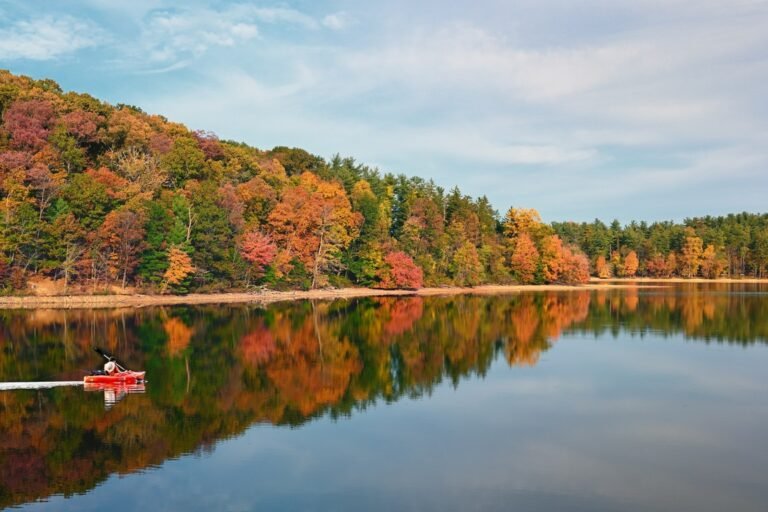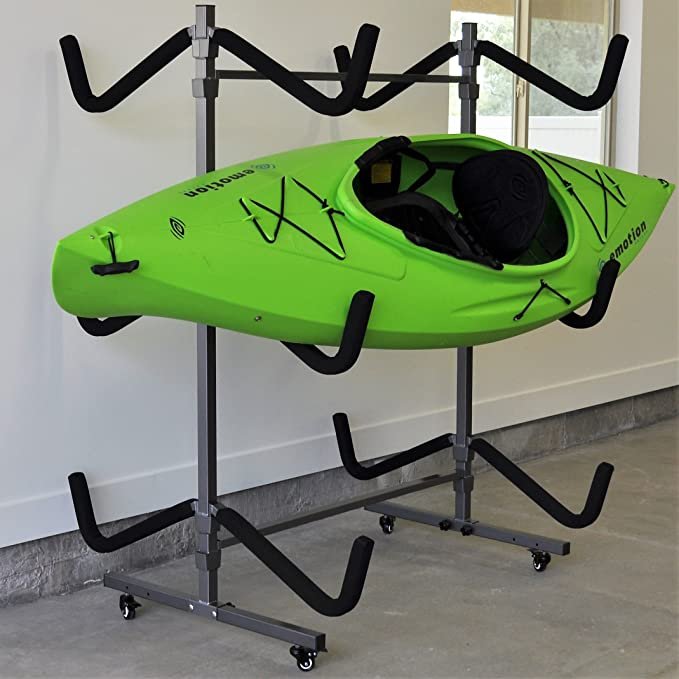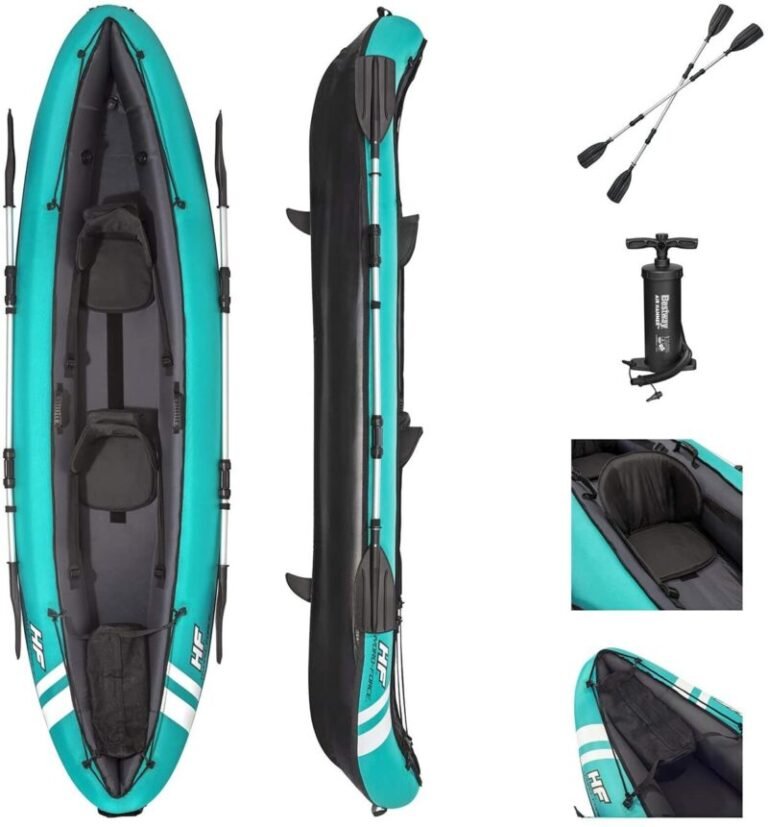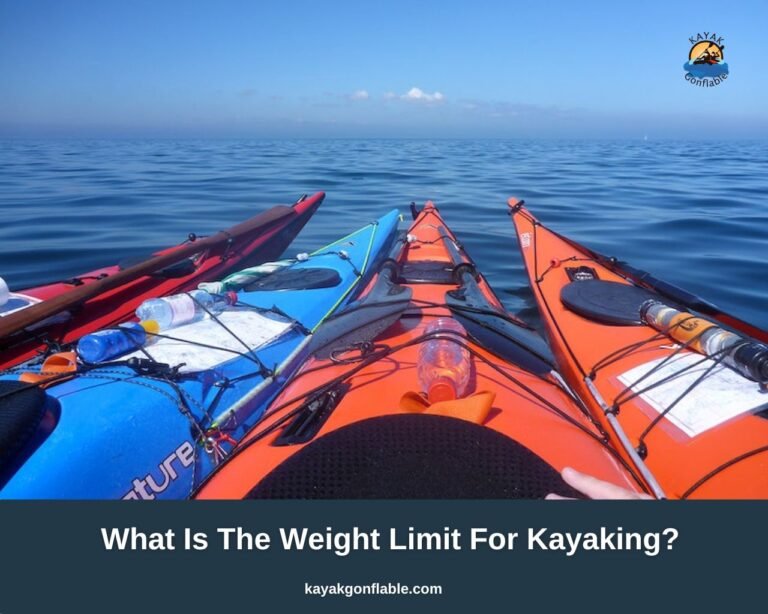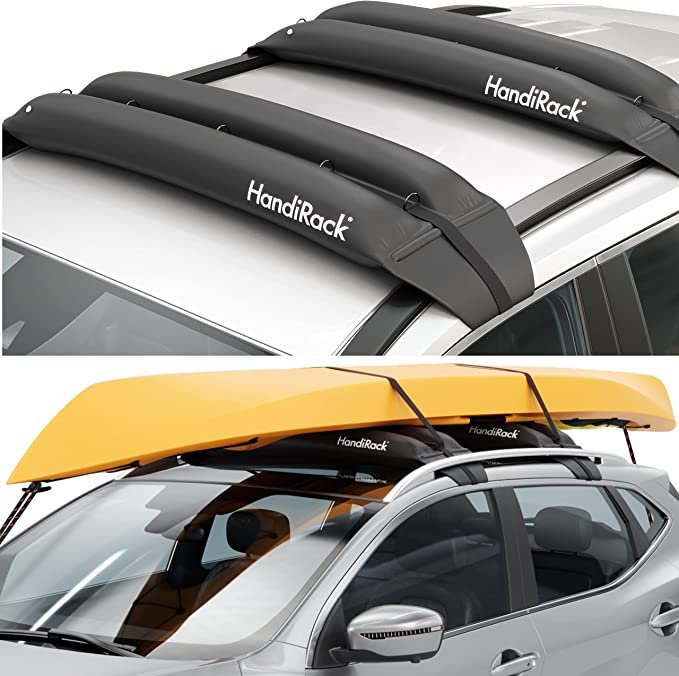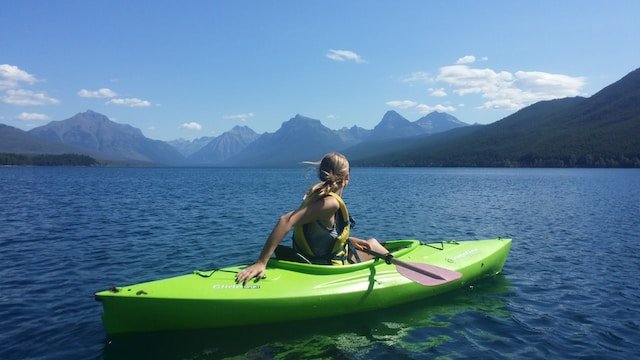River Hazards: What Are Strainers On A River?
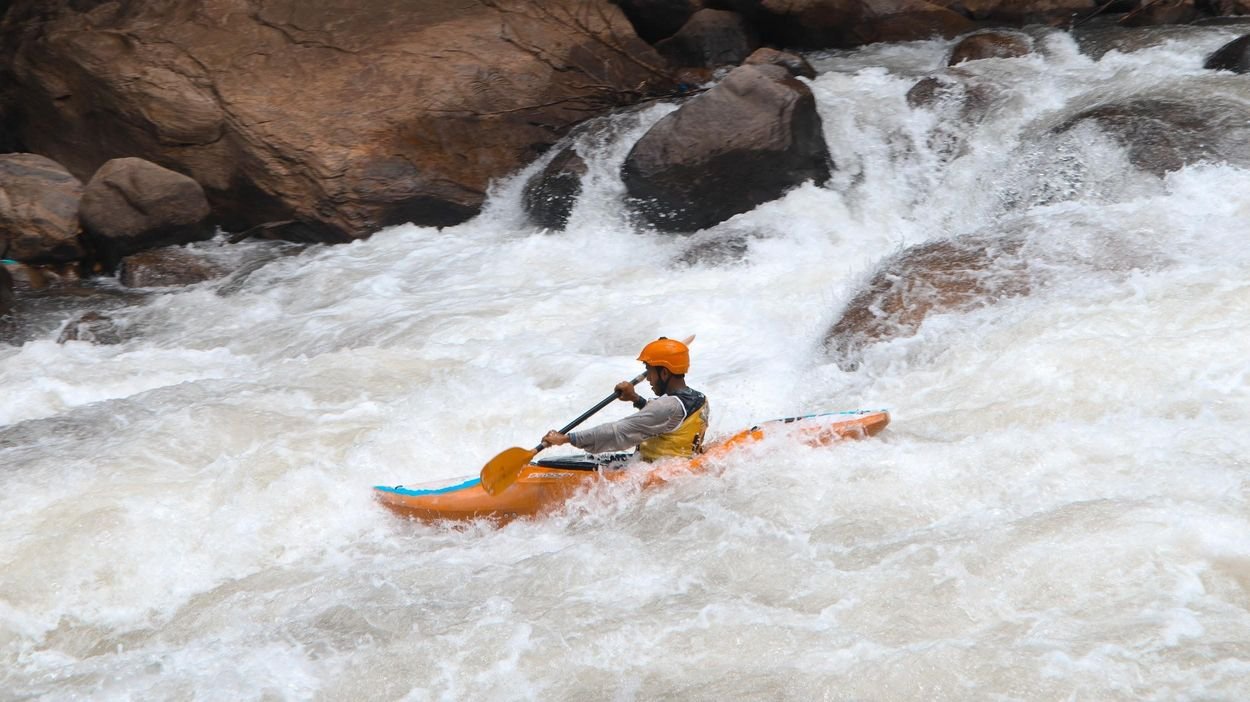
When Boating On A River, You May Encounter Strainers. What Is The Danger Of A Strainer?
Just when you think that the universe is smiling at you while paddling, there might be dangers lurking right in front of you. This can ruin a fun anticipated day if you do not have the ability to identify and navigate the danger.
River strainers are usually dangers that boaters, kayakers and every other paddler come across on water. Being aware of what to expect while kayaking on the river is one of the ways to stay safe and precocious.
The intent of putting this together is to help you avoid being stuck by strainers. You will learn how to identify strainers when you spot one anytime you are out there on the water. You’ll know how dangerous strainers can be and most importantly, getting out of a life-dead situation and living to tell the story.
Strainers are not any less deadly and dangerous than low-head dams, they are one obstacle you should look out for while paddling on the river, why? Because they can turn even a supposed well-planned day on the water into the worst nightmare.
Strainers occur when there is an obstruction to the flow of water, caused by man-made or naturally formed objects that are likely visible or submerged under the waterline. A fallen tree will most likely be visible on the body of a river whereas, a submerged vehicle or a river rock cannot in any way be.
These obstacles allow water to flow through, round and even over but trap larger objects by pinning them in place. These trapped objects can be you and your kayak.
Hence, this potentially deadly trap allows water to pass through the openings or gaps in the obstruction but strains the river of boats or kayaks, animals, larger debris and paddlers.
Common River Strainers
You might think that a jumble of branches or fallen trees forms major common strainers on a river. While that may be true, more objects have been observed to cause hazards on water bodies.
Our waterways have become a dumping ground for all sorts of waste. Unfortunately, you would be surprised by the list of objects forming deadly river obstacles;
- Shopping carts
- Submerged vehicles and bikes
- Fallen trees
- Tree limbs and branches
- Tires
- Vines, weeds, and logs
- Guard rails
- Fences
As you paddle a river, there is a possibility that you will encounter one of these obstacles. To avoid being caught in these obstacles unaware, it is safer to scout the river before heading out. This goes a long way to identify and take possible steps to avoid any obstructions in advance.
Kayak Strainer Hazards: How Dangerous Can River Strainers Be?
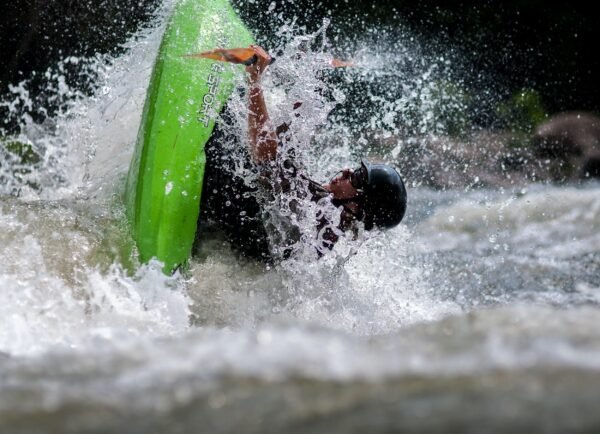
The danger of strainers is the risk of entrapment, causing you to become pinned against the object that created the obstruction. This is usually a dangerous situation because generally, the available openings are too small for you to pass through.
In a worst-case scenario, it could flip your boat or kayak and you’ll become trapped underwater. In an actual sense, the obstacles are not as deadly as the restless current passing through them.
The current can be so powerful that it turns the canoe or kayak over and pins you against the obstacle while it continuously forces its way through, leaving you immobilized and dragging you right under the water.
Worse yet, if your kayak capsizes while you are still in it. This means that you’d be trapped in your kayak underwater. Imagine how helpless people can be when they have a big stone tied around their neck and legs and thrown into a river.
The case is somewhat similar to the danger associated with strainers, fighting the water pressure is apparently impossible, therefore, drowning becomes inevitable due to underwater entrapment.
In addition to the danger associated with strainers, when you think you are safe because you have your PFD on, you’ll be shocked to know that it can be completely useless if your kayak flips while you are still in it.
This only means one thing: you’ll be dragged and pinned underwater. So, this is where the danger lies, there is no way of escape if help doesn’t come in time.
It is of great importance and more helpful to have others with you wherever you go paddling so that you have someone to help when you happen to get trapped.
How To Get Out Of a Strainer When You Encounter One
It’s best not to encounter a strainer than to look for a way out when already caught in it. Although it tops the list of things paddlers try to avoid at all costs on the river. Nevertheless, sports water enthusiasts are more likely to come across them.
The question now is, “what to do when you encounter strainers?” In other words, how do you get out of it when you encounter one?
Maneuvering your way out of danger on the water can be tricky and requires you to be extra careful so that you don’t complicate the situation any further. No need to freak out when you encounter one and remember that any attempt to go through a strainer should never be an option.
While avoiding strainers is the best way to stay out of danger, the goal is to prevent your kayak from flipping over and ensure that you aren’t caught in them. Avoidance may not be possible in all cases. The strainer may be large enough to block a majority of the river pass.
You may find yourself forced into it or headed straight on towards it, avoiding it may be seemingly impossible. When this happens you should exit your kayak and use your energy to swim aggressively toward it, get on top of it if you can launch your body over the strainer and swim to safety on the other side.
But if you notice bobbing around on the water ahead of time in front of you or maybe you spot bouncing twigs in the water, these could be an indication that there is more under the waterline. Try to paddle light or walk your kayak around and back into the water after the obstacle, giving as much distance as possible.
Most importantly, try to scout ahead and get familiar with the river you would be paddling. It can be dangerous to head out without having enough information plus, talking to locals in the area helps to identify potential dangers and avoid them.
You should also have a paddling partner, this means that you can be rescued when the unexpected happens. Better still, try as much as possible to have safety gear like throw bags or ropes, a helmet, suitable PDF, and river knives whenever you go paddling.
What is a Strainer in Kayaking?
Kayaking is an interesting sport to participate in, but strainers have been the greatest concern of most kayakers. Not only can it ruin your fun for the day, but it can also put you in a life-threatening situation.
Comparison of a strainer with a colander has always been what people fall back on whenever they have the chance to describe what strainers are, which isn’t bad in a real sense. In kayaking, obstructions, obstacles or hurdles that strain kayakers and their kayak but allow water to flow through are referred to as strainers.
If there are fallen trees, large tree roots or branches in a river, they will act as a sieve. Thereby, preventing kayakers and their kayak from passing downstream but allowing water to pass through them. Submerged objects such as bikes and vehicles underwater are called undercuts, and bouncing twigs could be a sign of a partially submerged strainer.
Unavoidable obstacles like fence posts in water or accumulated construction debris can hold back paddlers while the relentless force of the water current pins them against the obstacles. Only paddlers who have been caught in the web of a strainer can say how dangerous it can be.
Difference Between Strainers and Sweepers
Sweepers are river hazards caused by overhanging obstacles, especially fallen trees or low-hanging tree limbs that are either partially or completely blocking passage on water bodies such as rivers.
While sweepers are easily identified, strainers might be difficult to recognize. That doesn’t make them any less dangerous on a river. The significant difference between the two is that; sweepers are created by overhanging barriers whereas strainers are formed by underwater obstacles which are often hidden.
Occasionally, sweepers can accompany river strainers, imagine how messy and difficult that would be. You could call that double trouble, right! Knowing the differences and as such recognizing both when you encounter them is deemed “critical”.
So, when you see twigs bobbing on the water from bushes or a fallen tree, there may be more to what you can see. You’re probably paddling into a strainer when you see the top of a submerged automobile. Though it allows water to pass, yet the accumulated debris can be a great danger to paddlers.
Sweepers tend to be more dangerous when they are at the outer bank of a bend in the river, so you should try to avoid them completely. You can do this by pointing your kayak towards the sweeper and back paddle against the speed of the current.
A kayaking trip with a partner or friend who is already familiar with a river will not only help to keep an eye out on each other but also lower the risk of being entrapped in submerged obstacles and overhanging trees.
To Avoid Trouble; Read The River
You couldn’t agree less when we say foresight is needed for any activities on the water, whether you are kayaking, canoeing, boating, or fishing.
This is crucial when it comes to avoiding troubles or danger on a river. Having the foresight to spot obstacles ahead of time, the ability to identify trouble before you are right on top of it or it’s right on top of you. Every kayaker needs to learn how to read the river.
Reading the river involves looking out for and recognizing the “V”. While the downstream pointing V-shape flow water indicates a clear path downstream, an upstream V-shape shows that there is a possibility of an entity or object disrupting the free flow of downstream water.
In case of such, river rocks are usually the common obstruction to look out for. It’s not far from the truth that, unlike sweepers, strainers are most likely to be invisible. This indicates how dangerous they can be.
Tips For Staying Safe On The Water From Strainers
There’s not much you can do when you’re caught in a strainer aside from striving to get over and far away from it. Following these tips will keep you safe and alive.
- Don’t go kayaking alone:
Kayaking with a partner or friends is safer because you can all keep an eye out on each other and as well call out to others if there is a potential danger.
- Plan your route.
Before hitting the waters, do your research by scouting your route and getting familiar with the area. With this, you can easily identify wherever hazards are lurking and avoid them when you encounter them.
- Keep a safe distance from obstacles
You are more at an advantage when you spot dangers before walking right into them. When you do, stay as far as possible from strainers and navigate your way to safety, especially to the nearest bank.
- Always go paddling with an un-pin kit
A typical rescue gear consisting of an inflatable Type IV throwable PDF, Prusik cord, Pulleys, throw bag with rope, and locking D carabiners should be onboard. These essential products are necessary for saving paddlers who get trapped underwater and for whitewater rescue.
- Portage around if you can:
Navigating your way around an obstruction may seem like an impossible mission, what can you do? The ideal thing to do is to paddle to shore and portage around it.
In conclusion, strainers on a river should not be taken lightly as they can claim paddlers’ lives if there is no one to rescue them. Always wear a life jacket before hitting the waters, this is more than a rule, it’s called common sense.
It’s a piece of safety equipment that can keep you afloat even when your swimming skills fail you. It’s a life saver!

